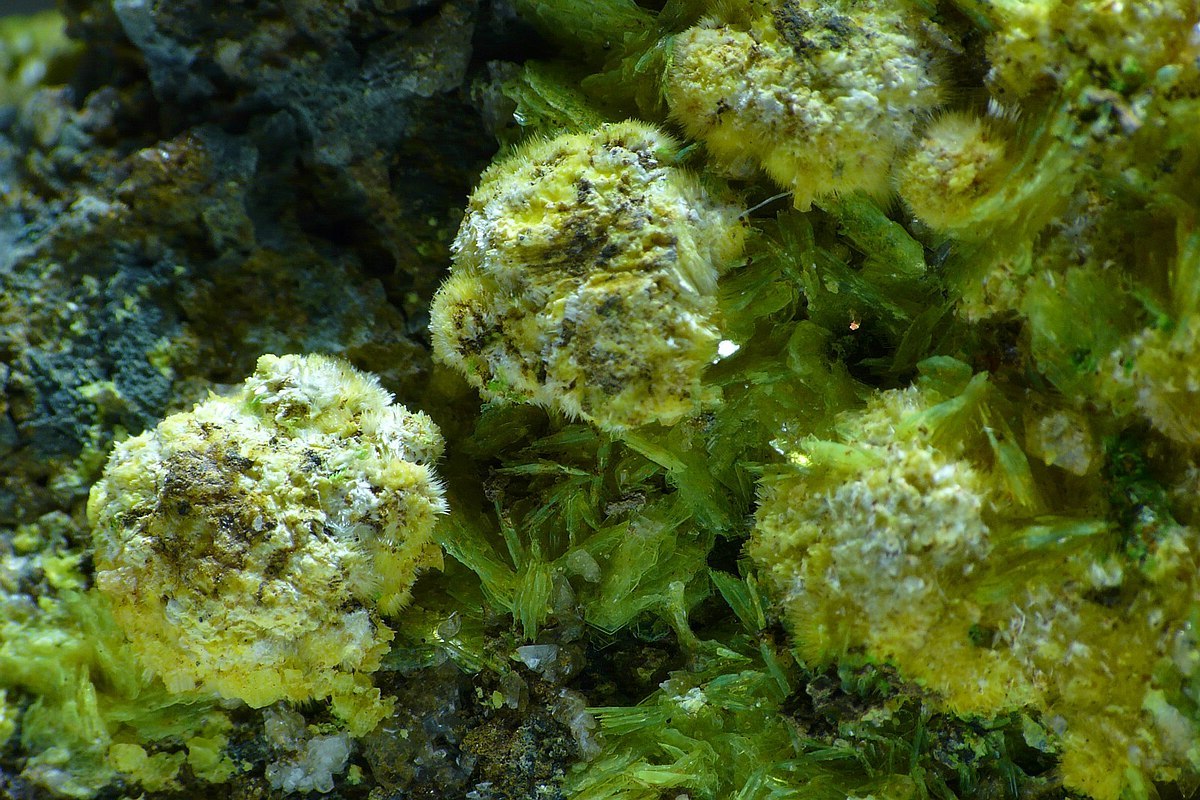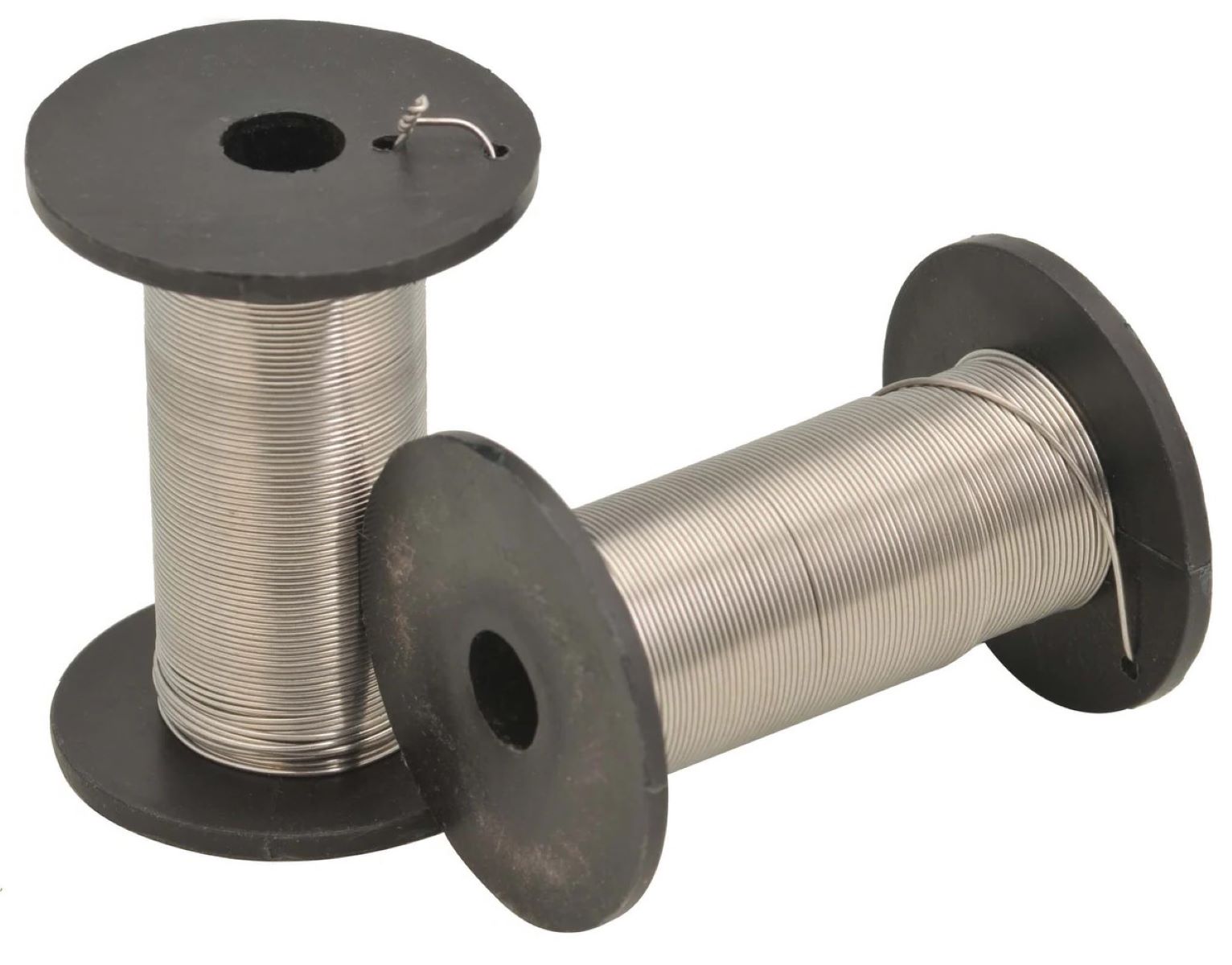
Zellerite is a rare mineral that often piques the curiosity of geology enthusiasts. Found primarily in uranium-rich environments, this mineral has a unique composition and fascinating properties. What makes Zellerite so special? Its distinctive yellow-green color and fibrous structure set it apart from other minerals. Named after the American mineralogist, Howard D. Zeller, it was first discovered in Utah. Why should you care about Zellerite? Understanding its properties can provide insights into geological processes and environmental conditions. Whether you're a student, a hobbyist, or just someone interested in the natural world, learning about Zellerite can be both educational and intriguing. Ready to dive into some cool facts? Let's get started!
Key Takeaways:
- Zellerite, a rare mineral named after Howard D. Zeller, has unique properties and is typically found in uranium-rich deposits. It's valuable for scientific research and is a hit among mineral collectors.
- Zellerite's radioactive nature requires careful handling and storage. It can fluoresce under UV light and is a subject of ongoing research in mineralogy and geochemistry.
What is Zellerite?
Zellerite is a rare mineral that intrigues geologists and collectors alike. Named after the American mineralogist Howard D. Zeller, it has unique properties and fascinating origins. Let's dive into some interesting facts about this captivating mineral.
Origins and Discovery
Understanding where and how Zellerite was discovered provides insight into its rarity and significance.
- Zellerite was first discovered in 1960 in the United States, specifically in the state of Nevada.
- The mineral is named after Howard D. Zeller, who made significant contributions to mineralogy.
- Zellerite is typically found in uranium-rich deposits, which adds to its rarity and value.
- The mineral was identified during uranium exploration activities, highlighting its association with radioactive elements.
Physical and Chemical Properties
Zellerite's unique physical and chemical properties make it stand out among other minerals.
- Zellerite has a monoclinic crystal system, meaning its crystal structure is asymmetrical.
- The mineral is usually colorless or white, making it visually distinctive.
- It has a vitreous to silky luster, giving it a shiny appearance.
- Zellerite's hardness on the Mohs scale is around 2, making it relatively soft.
- Its chemical formula is Ca(UO2)2(CO3)3·5H2O, indicating it contains calcium, uranium, and carbonate.
- Zellerite is soluble in water, which is uncommon for many minerals.
Geological Significance
Zellerite's presence in certain geological settings provides valuable information to scientists.
- The mineral is often found in oxidized zones of uranium deposits, indicating the presence of uranium.
- Zellerite can form as a secondary mineral, meaning it forms from the alteration of primary minerals.
- It is associated with other uranium minerals, such as autunite and uranophane.
- Zellerite's formation requires specific environmental conditions, including the presence of carbonates and water.
- The mineral can help geologists understand the geochemical processes in uranium-rich environments.
Uses and Applications
While not widely used, Zellerite has some niche applications and significance.
- Zellerite is primarily of interest to mineral collectors due to its rarity and unique properties.
- The mineral can be used in scientific research to study uranium deposits and related geochemical processes.
- Zellerite samples are often displayed in museums, showcasing its unique characteristics to the public.
- It can be used as an indicator mineral in the exploration of uranium deposits.
- Zellerite's properties can help in understanding the environmental impact of uranium mining.
Safety and Handling
Due to its uranium content, Zellerite requires careful handling and storage.
- Zellerite is radioactive, so it must be handled with care to avoid exposure.
- Proper storage of Zellerite involves shielding and containment, to protect against radiation.
- Handling the mineral requires protective equipment, such as gloves and safety glasses.
- Collectors and researchers must follow safety guidelines when working with Zellerite.
- The mineral should be kept away from living spaces, to minimize radiation exposure.
Interesting Tidbits
Here are some lesser-known facts that add to Zellerite's intrigue.
- Zellerite can fluoresce under UV light, emitting a greenish glow.
- The mineral's name was officially approved by the International Mineralogical Association in 1963.
- Zellerite is rarely found in large quantities, making sizable specimens highly valuable.
- The mineral's water solubility means it can dissolve over time, especially in humid conditions.
- Zellerite's unique combination of elements makes it a subject of ongoing research, particularly in the field of mineralogy and geochemistry.
The Final Word on Zellerite
Zellerite, a rare mineral, fascinates many with its unique properties. Found mainly in the USA, it’s known for its striking white to yellowish color and fibrous texture. This mineral, composed of hydrated calcium uranium carbonate, plays a significant role in geological studies due to its uranium content. It forms in the oxidation zones of uranium deposits, making it a key indicator for geologists.
Collectors prize Zellerite for its rarity and distinctive appearance. While not widely known outside scientific circles, it holds a special place in mineralogy. Its discovery and study help scientists understand more about uranium deposits and the geological processes that create them.
Whether you're a geology enthusiast or just curious about rare minerals, Zellerite offers a glimpse into the fascinating world of Earth's hidden treasures. Keep exploring, and who knows what other amazing facts you'll uncover!
Frequently Asked Questions
Was this page helpful?
Our commitment to delivering trustworthy and engaging content is at the heart of what we do. Each fact on our site is contributed by real users like you, bringing a wealth of diverse insights and information. To ensure the highest standards of accuracy and reliability, our dedicated editors meticulously review each submission. This process guarantees that the facts we share are not only fascinating but also credible. Trust in our commitment to quality and authenticity as you explore and learn with us.


